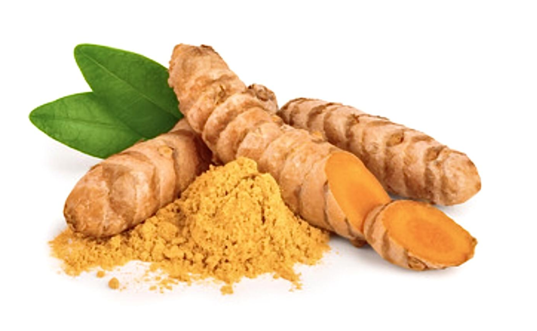Cataract is a disease in which the lenses of the eyes become blurred. It causes deterioration or loss of vision. An unaffected lens allows light to pass through the back of the eye. In cataracts the proteins in the eyes break down and the lens becomes cloudy, preventing light from flowing.
Both glaucoma and cataracts are associated with aging and can develop in one or both eyes. Glaucoma is caused by damage to the optic nerve, which can lead to sudden loss of vision.Symptoms of glaucoma include severe pain in the eyes and head, blurred vision and the appearance of rainbow circles around bright lights. Its treatment, as in cataracts, may include laser and traditional surgery.
The lens of the eye works just like a camera. It focuses light on the retina in the back of the eye, then transmits nerve signals to the brain and adjusts the focus of the eye, allowing us to see things clearly from up close and far. With natural wear with age it causes a buildup of proteins which blurs the lens and gradually impairs vision. Cataract usually develops over a long time, but it cannot spread as an infection from one eye to the other.
Doctor's visit and types of treatment
Cataract treatment is surgical. If you experience a decrease in vision, consult an eye doctor immediately. You will be given a comprehensive eye exam to test your vision strength, as well as a phoscopic examination and an extended eye examination to determine the cause of your impaired vision. If cataracts are confirmed, your eye doctor may have increase the prescription of corrective glasses or lenses. If that doesn't help, I will recommend a cataract surgery that can almost completely restore your vision.
There are various types of cataract surgery, including phacoemulsification, which is most common. This operation uses ultrasound energy to break down the cataract. It is then sucked out of the affected eye and replaced with prosthetic lenses.
Another type of cataract surgery is extracapsular extraction. It involves manual removal of the ophthalmic lens while leaving the capsule intact. After removal of the lens, an intraocular lens or IOL is placed, and after surgery, you will be asked to wear an eye patch and put on an eye shield at night. and retinal detachment may occur, but not often.
Cataract treatment is called laser eye surgery, which utilizes advanced femtosecond laser technology. The use of a femtosecond laser procedure in the treatment of cataracts has been approved by the US FDA. The method is safe even for patients with other eye diseases, such as macular degeneration (AMD).
Ayurvedic cataract treatment
In Ayurveda, cataract is called timira or our ling. A worsened wax dosha is considered to cause this particularly unpleasant disease. If you start ** Ayurvedic therapy ** at an early stage, cataract treatment can be very effective. The purpose of treatment is to reduce the circulation of bad body energies, to nourish and strengthen the nerves and tissues of the eyes. There are various herbs and foods to treat cataracts that benefit from ** Ayurveda. **
Rosemary and lemon
Make a mixture of rosemary, catnip and hubris. Put the herbs in water and on the stove until boiling.Allow the mixture to cool and drink with a few drops of lemon. Regular consumption of this tea will help you cure your cataracts.
Garlic
Chewing on two or three cloves of garlic every day can improve your cataract problem and blurry vision. Garlic is a natural antibiotic for many diseases, and cataract is one of them. It also helps reduce cholesterol and heart disease. You can cut the garlic into small pieces and eat it fresh three times a day, or add it to the herbal tea mentioned above and drink it 2-3 times a day.
Ginkgo biloba
This is another effective herbal remedy for cataracts. This herb helps to increase blood flow to the eye area and thus helps effectively cure cataracts. It is recommended to consume the herb in the order of 40 to 80 grams at least 3 times a day. The herb can be digested in paste and consumed and so on.
Rosewater
For eye relief, take one teaspoon of rose water and put 8 to 10 drops into the affected eye. During the early stages of cataracts, this medicine helps prevent the spread of the disease. It also leaves the eyes clear.
Turmeric
Turmeric is very useful for treating many diseases and cataract is one of them. Since this herb is a rich source of antioxidants and carotenoids, it can be used in the treatment of cataracts, so it's a good idea to add it to your daily cooking.
You can also make a warm eye compress by immersing a sterile gauze in water and turmeric solution. This herb should be consumed after consulting a doctor. The simple, natural treatments that Ayurveda offers are very effective if cataracts are in their initial stages.
But, as always, preventing disease states is the best medicine. We recommend that you lead a healthy lifestyle and take care of yourself and your vision. There are many benefits to your overall health that include eating right, exercising regularly and reducing stress in your life. These are the best non-surgical options for natural cataract treatment. Ultimately, our goal is to avoid cataracts.








0 Comments